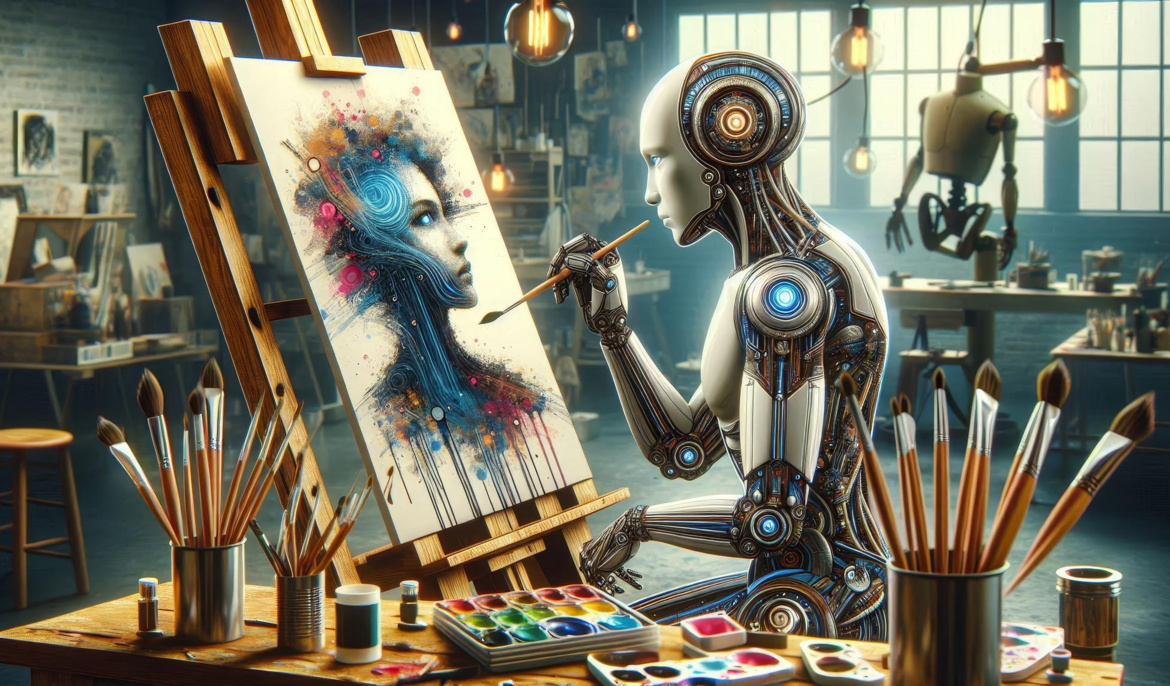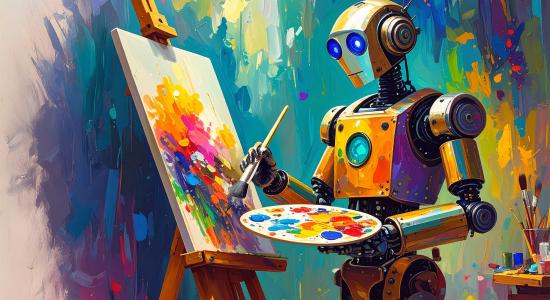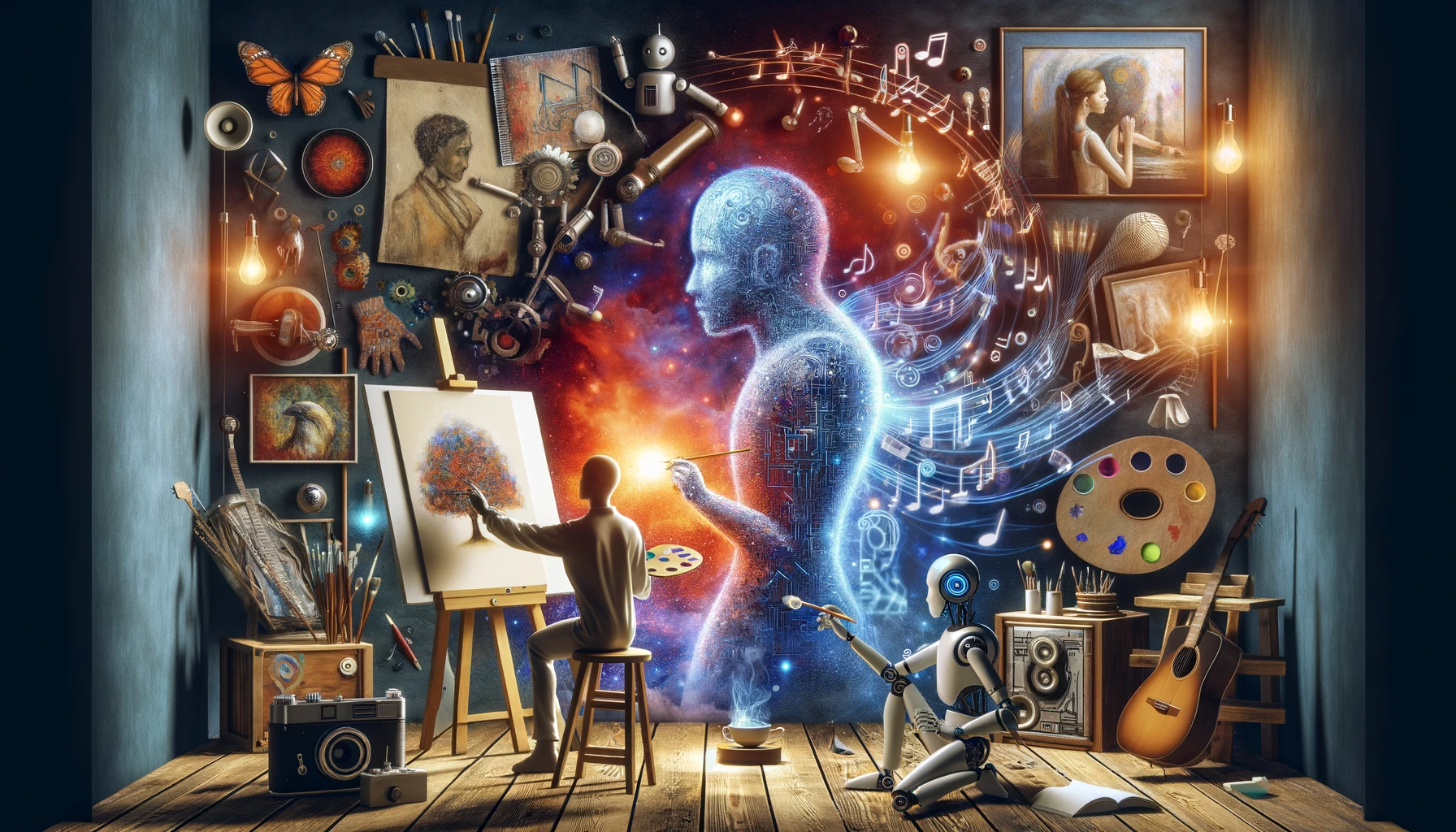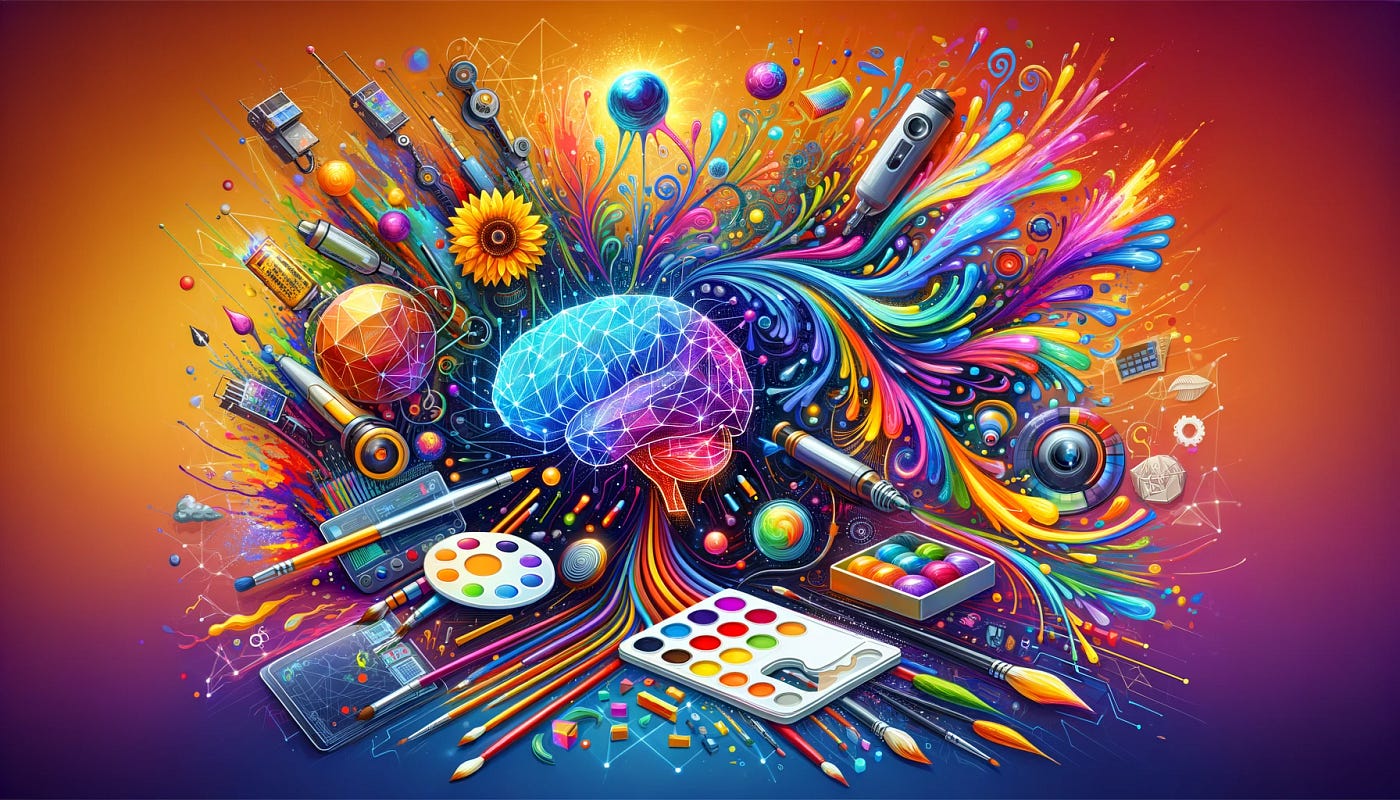As Artificial Intelligence (AI) continues to revolutionize the art world, many myths and misconceptions have emerged. These misunderstandings can create unnecessary fear, limit creative exploration, or oversimplify the potential of AI in art. Debunking these myths is essential to truly understanding the role AI can play in artistic creation.
Common AI Myths in Art
Myth 1: AI Will Replace Human Artists
One of the most common fears is that AI will completely take over the role of human artists. In reality, AI is a tool—much like a paintbrush or camera—that supports and enhances human creativity. While AI can generate art, it cannot replicate the depth of human emotions, experiences, and cultural understanding that artists bring to their work.
Myth 2: AI Art Has No Value
Some believe that AI-generated art lacks value because it is “machine-made.” However, the value of art often comes from its impact, uniqueness, and the story behind it. When used creatively, AI can produce meaningful, valuable pieces, especially when guided by human intention and interpretation.
Myth 3: AI Art is Just Copying
Another misconception is that AI only copies existing art. While AI models are trained on vast datasets of previous artworks, they can also generate entirely new combinations, styles, and concepts. AI often creates novel results that would be difficult or time-consuming for humans to produce alone.
Myth 4: AI Understands Art Like Humans Do
AI does not “understand” art in a human sense. It processes data, identifies patterns, and generates outputs based on algorithms. Unlike human artists, AI lacks consciousness, emotion, and cultural context. It can create visually appealing results, but its “creativity” is computational, not emotional.
Myth 5: Anyone Can Make Great Art with AI Instantly
While AI tools are becoming more accessible, creating meaningful AI art still requires skill, vision, and thoughtful input. The best results often come from artists who experiment, fine-tune algorithms, and intentionally guide the creative process. It is not simply about pressing a button.
Myth 6: AI Art is Ethically Neutral
Many assume that AI-generated art is free from bias or ethical concerns. In fact, AI can inherit biases from the datasets it is trained on, potentially reinforcing stereotypes or marginalizing certain styles and voices. Ethical oversight is crucial when using AI in creative practices.
Conclusion
AI is a powerful partner in the evolving art landscape, but it is surrounded by myths that can cloud its true potential. Understanding that AI is a tool—not a replacement—helps artists, collectors, and audiences appreciate the collaborative and innovative possibilities AI offers. By moving past these misconceptions, we can embrace AI’s role in expanding the creative frontier while still valuing human artistry at its core.







Leave feedback about this